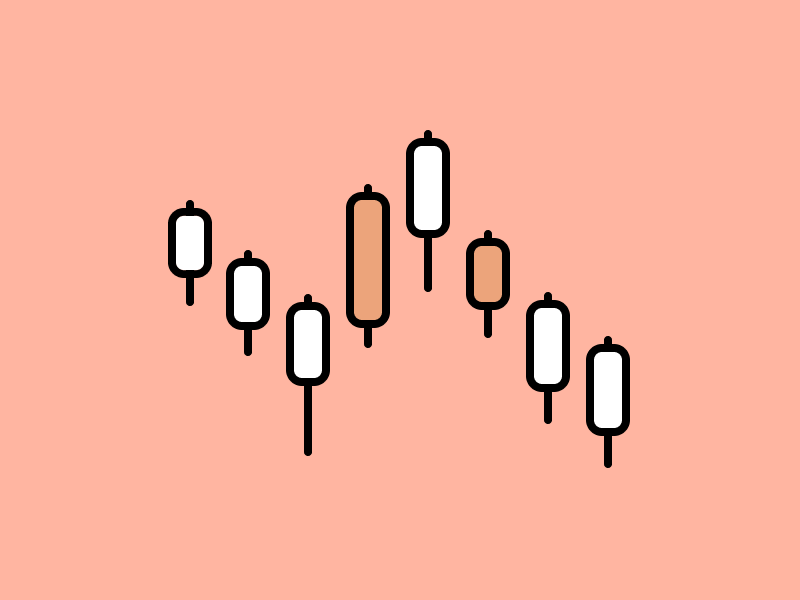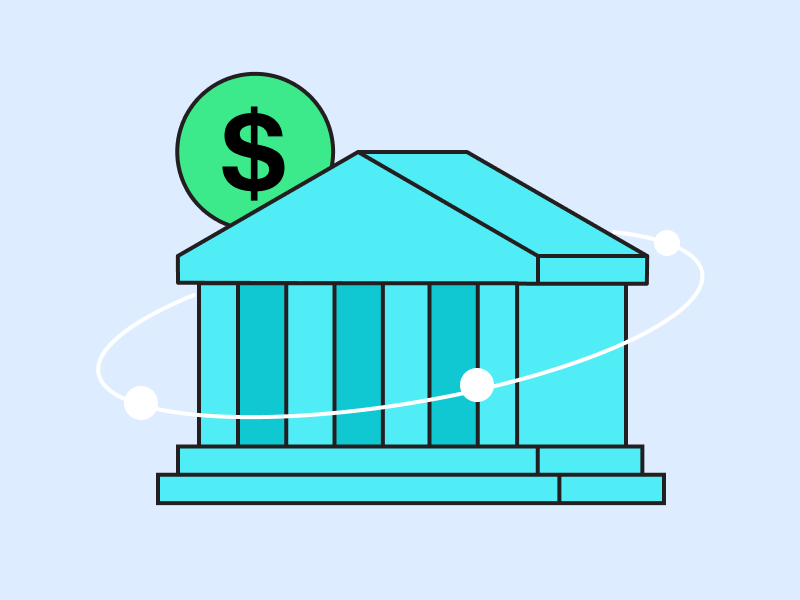Futures Trading Terms: A Complete Beginner’s Guide

Futures trading offers traders the opportunity to earn profits from market movements—whether prices are rising in a bull market or falling in a bear market. However, for beginners, the world of futures trading can be overwhelming due to the many technical terms involved.
By understanding essential futures trading terms such as margin, leverage, stop loss, and more, you can make smarter decisions and manage risk more effectively. You can also try crypto futures trading firsthand through the Pintu Futures platform, with educational support from Pintu Academy.
Curious about the key terms you need to know before diving into trading? Read the full guide in this article!
Article Summary
- 📘 Futures trading involves contracts to buy or sell an asset at a set price in the future.
- 💡 Understanding terms like margin, leverage, stop loss, open interest, and hedging is essential for risk management and smart trading decisions.
- ⚙️ Try crypto futures trading on Pintu Futures, which offers up to 25x leverage.
- 📚 Learn more through Pintu Academy articles like “What Is Crypto Futures” and “Tips & Strategies in Perpetual Trading.”
- 👥 Join webinars and trading forums to gain real-world insight from experienced traders.
What Is Futures Trading?
Futures trading refers to buying and selling contracts that specify the future price of an asset to be delivered or settled at a later date. The assets can include commodities, stock indices, currencies, or cryptocurrencies. Unlike spot trading, futures trading obligates parties to transact at a pre-agreed future time.
There are two main purposes behind futures trading: speculation and hedging. Speculators aim to profit from price fluctuations, while hedgers use futures to protect asset values against potential losses due to market volatility.
Think of it this way: You’re a trader who believes that Bitcoin’s price will go up next week. With a futures contract, you can “lock in” that prediction without actually owning any Bitcoin. If the price goes up as you expected, you earn a profit from the price difference—even though you never held the Bitcoin itself. On the flip side, if you believe the price will go down, you can open a short position and profit from the drop. That’s the beauty of futures trading—you can potentially profit whether the market goes up or down.
Start exploring Crypto Futures safely and easily with Pintu Futures!
Why Understanding Futures Trading Terms Is Important
In a fast-paced environment like futures trading, knowing the terminology is not optional—it’s essential. Accurate comprehension of terms can be the difference between profit and costly mistakes.
Understanding key terms enables traders to read contracts, monitor positions, and execute strategies more effectively. It also reduces confusion and helps traders communicate with brokers and analysts confidently.
Glossary of Essential Futures Trading Terms
Basic Futures Trading Terms
- Futures Contract: A legal agreement to buy or sell an asset at a predetermined price on a set future date.
- Lot: The standardized unit size of a contract, e.g., 1 lot = 100,000 currency units.
- Pip (Point in Percentage): The smallest price movement in a currency pair.
- Tick Size: The minimum price fluctuation allowed for a futures contract.
- Leverage: The use of borrowed funds to amplify potential returns.
- Margin: The deposit required to open and maintain a position.
- Margin Call: A request by the broker for the trader to deposit additional funds due to a decrease in account value.
- Available Margin: The remaining funds that can be used to open new trades or absorb losses.
- Margin Usage: The percentage of account funds currently allocated to open positions.
- Maintenance Margin: The minimum amount of margin that must be maintained to keep a position open. Falling below this may trigger a margin call or automatic liquidation.
- Size: The value of a contract or position, typically measured in lots or crypto units.
- Liquidation: The automatic closing of a position when the margin is insufficient to cover ongoing losses.
- Mark-to-Market: The daily adjustment of a trading account to reflect current market prices.
- Open Interest: The total number of outstanding futures contracts that are not yet settled.
- Volume: The number of contracts traded within a specific time frame.
Position and Order Terms

- Long Position: Buying a contract expecting the price to increase.
- Short Position: Selling a contract expecting the price to decrease.
- Stop Loss: An automatic order to close a trade and prevent further losses.
- Take Profit: An automatic order to lock in profits once a target price is reached.
- Limit Order: An order to buy or sell at a specific price or better.
- Market Order: An order executed immediately at the current market price.
- Trailing Stop: A dynamic stop loss that moves with market price to secure profits.
Analytical and Strategic Terms
- Support and Resistance: Price levels where markets often reverse direction.
- Volatility: The degree of price fluctuation over time.
- Hedging: Taking an opposite position to offset potential losses.
- Contango: A condition where futures prices are higher than spot prices.
- Backwardation: A condition where futures prices are lower than spot prices.
- Basis: The difference between spot and futures prices.
- Funding Rate: A periodic payment between long and short positions in perpetual contracts.
Tips for Mastering Futures Trading Terms

Mastering futures trading terminology doesn’t have to be complicated. You can start by creating your own glossary as a quick reference while trading or reading educational content. Use a demo account to directly practice terms like margin call, leverage, or trailing stop to better understand how they apply in real market situations.
You can also gain hands-on experience in crypto futures trading through Pintu Futures, a derivatives trading platform by Pintu designed with a user-friendly interface and up to 25x leverage. Pintu Futures allows you to both learn and trade professionally in the crypto futures market.
To deepen your understanding, explore various articles on Pintu Academy, such as “What Is Crypto Futures” and “Tips & Strategies in Perpetual Trading”. These articles are written in clear, accessible language and are suitable for both beginners and intermediate traders.
Joining webinars and community forums is also highly recommended, as you can absorb practical insights from experienced traders who apply these terms in their daily strategies.
Conclusion
Understanding futures trading terms is a crucial first step toward becoming a competent trader. With this foundational knowledge, beginners can approach the market with greater confidence, make informed decisions, and manage risk more effectively.
How to Trade Futures on Pintu Pro
You can start investing in cryptocurrencies by buying them in the Pintu app. You can trade BTC, ETH, and SOL in spot and futures directly in Pintu.
Here are the key advantages of Pintu Pro:
- Comprehensive trading tools such as charting
- A wide variety of order types
- Real-time order book
- Portfolio tracker to monitor your assets
- Lower trading fees
- Open long or short positions with leverage up to 25x
Pintu Pro allows you to trade both Futures and Spot in one place, making it practical and efficient.
Here’s how to trade Crypto Futures on Pintu Futures web:
- Open https://pintu.co.id/en.
- Click the button Futures in the upper center.
- Click Trade Futures on Desktop.
- Then, click register or login if you already have an account.
- Trade BTC and other cryptocurrencies.
Click the following link to access Pintu Pro via desktop or app.
Disclaimer: All articles from Pintu Academy are intended for educational purposes only and do not constitute financial advice.
References:
- Leeloo Trading. Essential Futures Trading Terms Explained Simply. Accessed May 26, 2025.
- Investopedia. What Is Futures Trading?. Accessed May 26, 2025.
Share


